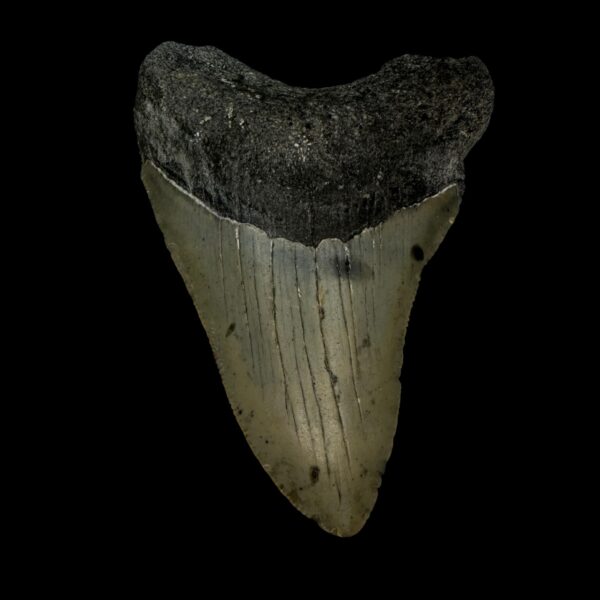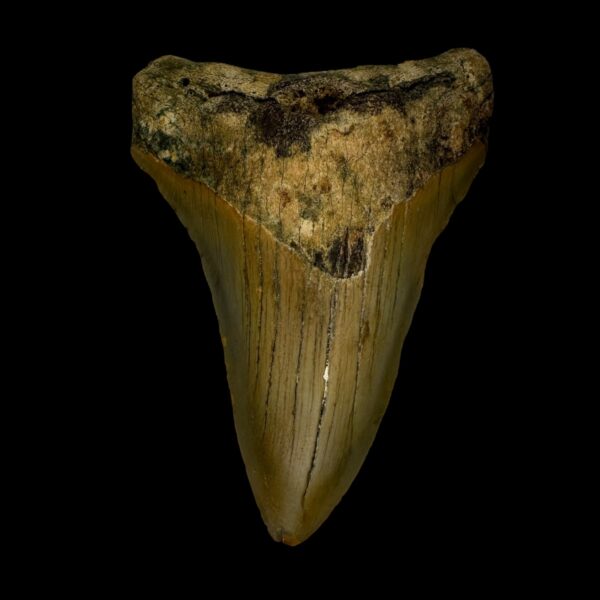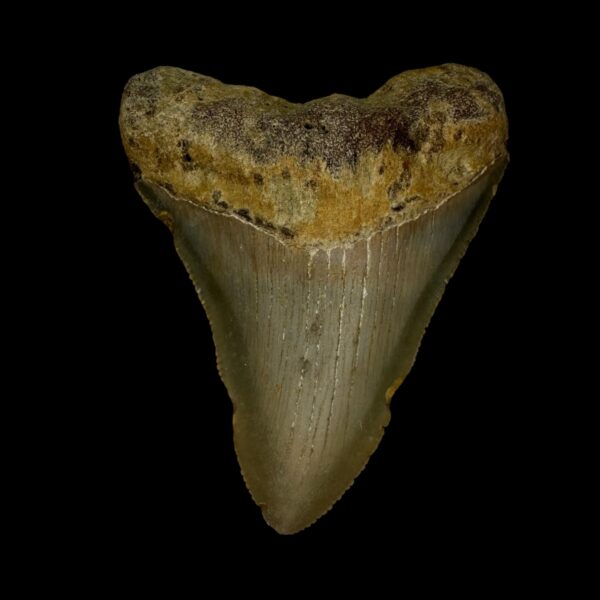Shark teeth fossils are some of the most interesting artifacts that you can find in nature. Although they’re small, they give us insight into the past and an appreciation of the incredible shark species that once roamed our oceans. Here’s your guide to recognizing and collecting shark teeth fossils.
How to Identify Shark Teeth Fossils?
Shark teeth fossils come in many shapes, sizes, and colors. It is important to recognize which type of shark tooth fossil you are looking at so that you can properly identify it. Here are a few things to look for when identifying a shark tooth fossil:
• Color – The color of a shark tooth fossil can range from black or brown to white or grey. The color is usually determined by the type of sediment it has been exposed to over time.
• Shape – There are certain trademark characteristics to look out for in the identification process. Look for a triangular shape with serrated edges as this indicates that it is a shark tooth fossil. Generally speaking, tooth size will vary depending on the age and different types of shark. For example, a great white shark may have much larger teeth than that of a small, baby shark. Additionally, some species of sharks tend to have more “hooked” or curved teeth while others have straighter, sharper teeth.
• Size – Most fossil teeth will be between 1/8” and 1” in size but some larger teeth may be up to 4” long! The bigger the shark tooth, the more rare and valuable it is considered to be. The larger size indicates that it has been around for a longer period of time and has survived through various changes in the environment. Shark teeth fossils of this size are often highly sought after by collectors.
• Age – Most shark teeth fossils will be approximately 10 million years old but can range anywhere from 2 million years old up to 50 million years old. This age is determined by the sediment layer they were found in as well as their overall condition so make sure you pay attention if you are looking for an older specimen! Some common shark tooth fossil species include the Great White Shark, The Megalodon Shark, The Sand Tiger Shark and the Goblin shark.
How To Collect Shark Teeth Fossils?
Once you have identified a shark tooth fossil, it is time to collect it! Here are some tips on how to safely collect your treasure:
• Safety First – Make sure you wear protective clothing such as gloves and goggles when handling sharp objects like shark teeth fossils. This will help prevent any accidental injury or infection from bacteria or parasites present on the surface of the fossil. Recent studies have found that there are some potentially dangerous types of bacteria present in coastal waters. For example, Vibrio vulnificus can be acquired through contact with salty water and if it enters a hunter’s bloodstream, it can cause fever, shock and skin lesions. These bacteria pose a serious health hazard to those who hunt shark teeth on the ocean floor so it is important to take proper precautions when undertaking this activity.
• Use Tools – When collecting your shark tooth fossil, make sure you use proper tools like tweezers or forceps instead of your fingers. This will help prevent any damage done during collection as well as ensure its safety during transport back home!
• Location – Pay close attention to where you found the fossil so that if there are more nearby, you can easily go back and find them again later on! Sharks have a fascinating evolutionary history, and though there are still more questions than answers when it comes to their movements, evidence suggests that some species do indeed remain in the same waters for their entire lives. So if the shark teeth you found was one of these species, you’ll probably find more! In comparison, other sharks are migratory species and may travel long distances in search of food or optimal environmental conditions during certain times of the year.
• Cleaning – After collecting your new treasure, gently rinse off any dirt or debris with warm water before displaying it in its new home! Don’t use a brush to clean off a shark tooth fossil. Brushes can cause damage to the delicate surface of the fossil, which could reduce its value and degrade its quality. Instead, use warm water and a soft cloth or sponge to gently wipe away dirt and debris. If necessary, use a toothpick or other small, soft-bristled tools to remove stubborn particles. Be sure to be gentle, as the surface of the fossil is delicate and can easily be scratched or dented.
Shark teeth fossils are fascinating artifacts that provide insight into our planet’s past and offer us an appreciation of sharks in our own time. With these tips, now anyone can recognize and collect these ancient treasures safely–so get out there and start hunting for yours today! If you want to shop instead of going out to hunt, feel free to look at the Megalodon teeth, Chubutensis, Mako and Parotodus Benedini teeth fossils that we have in our shop!




